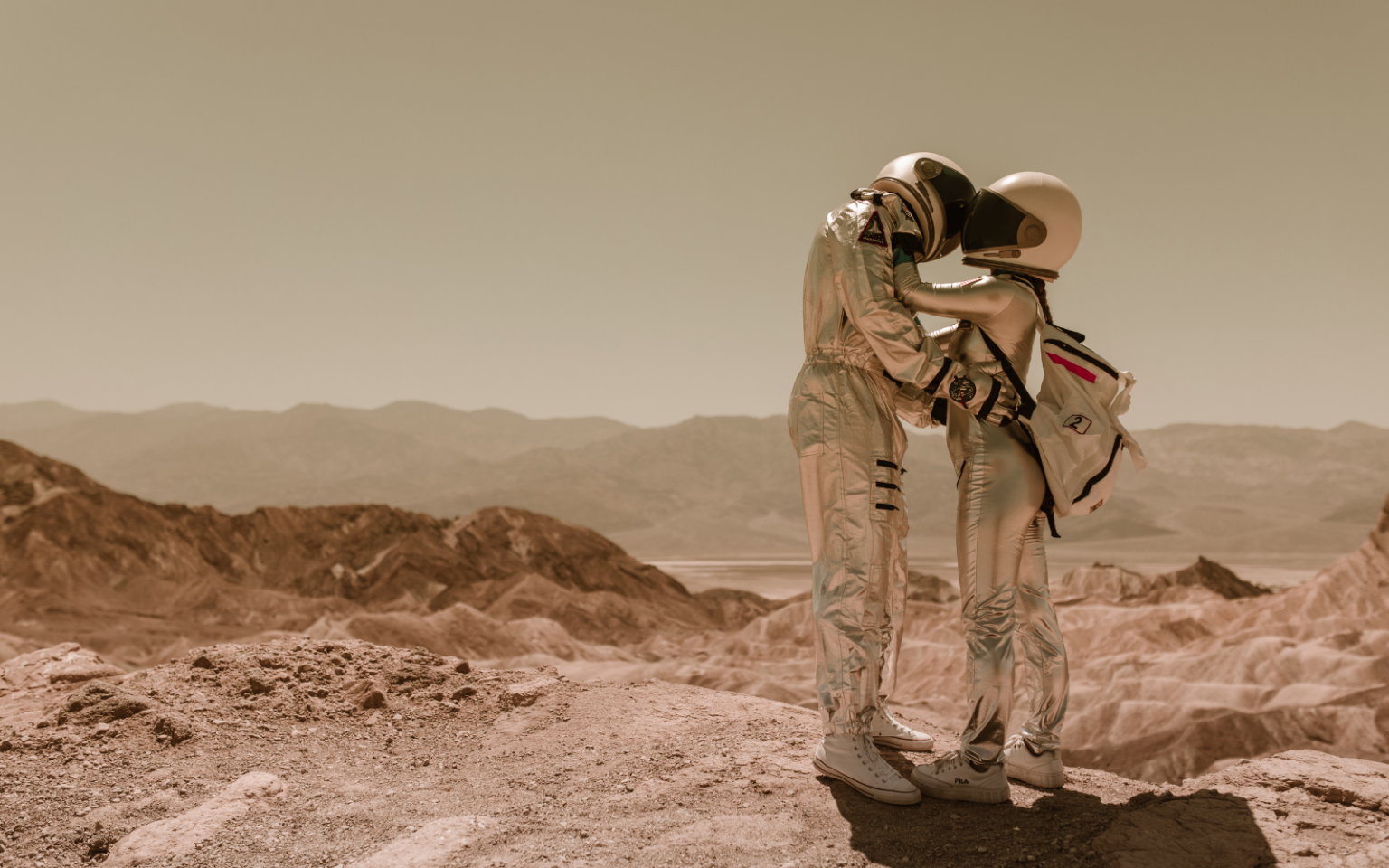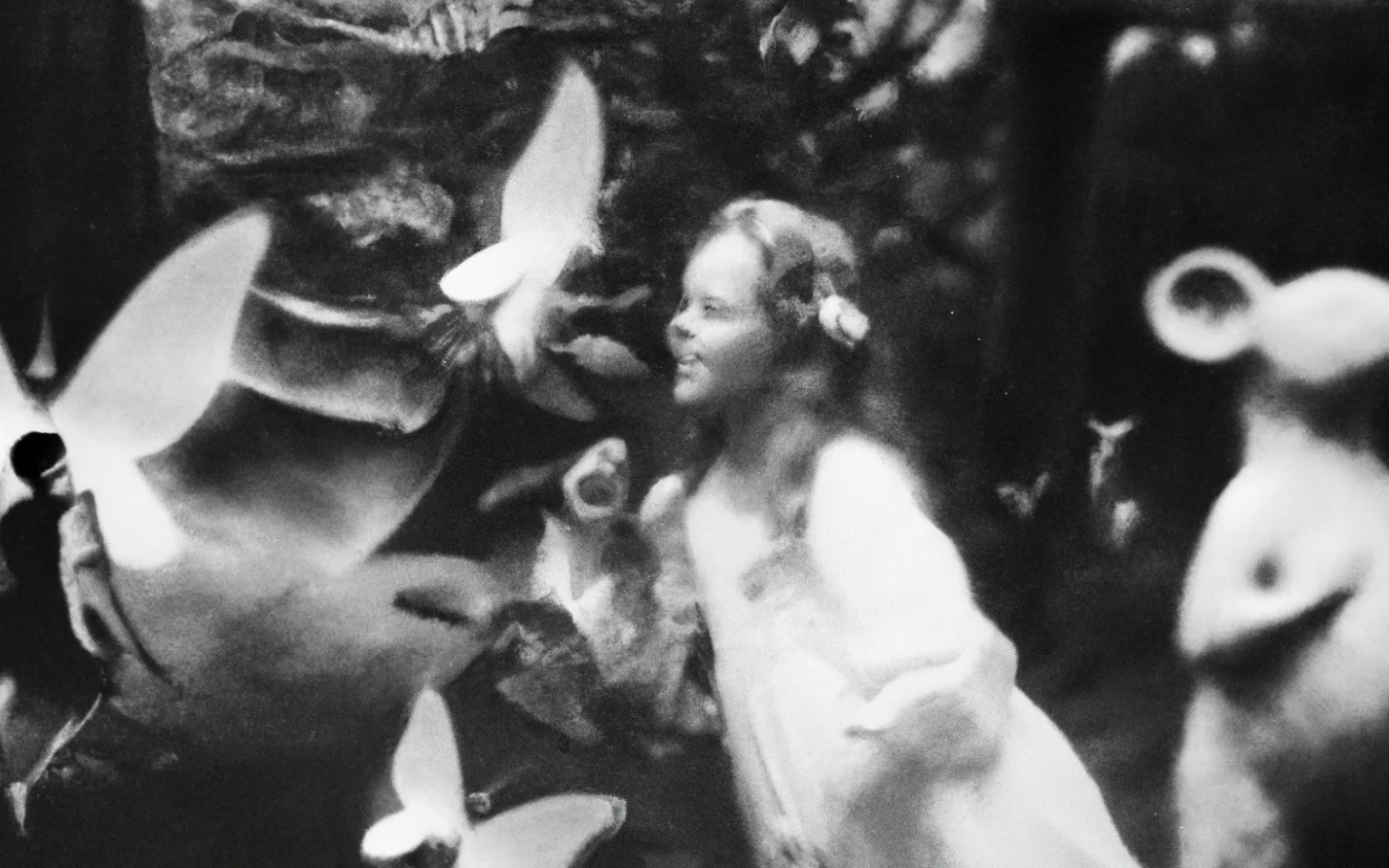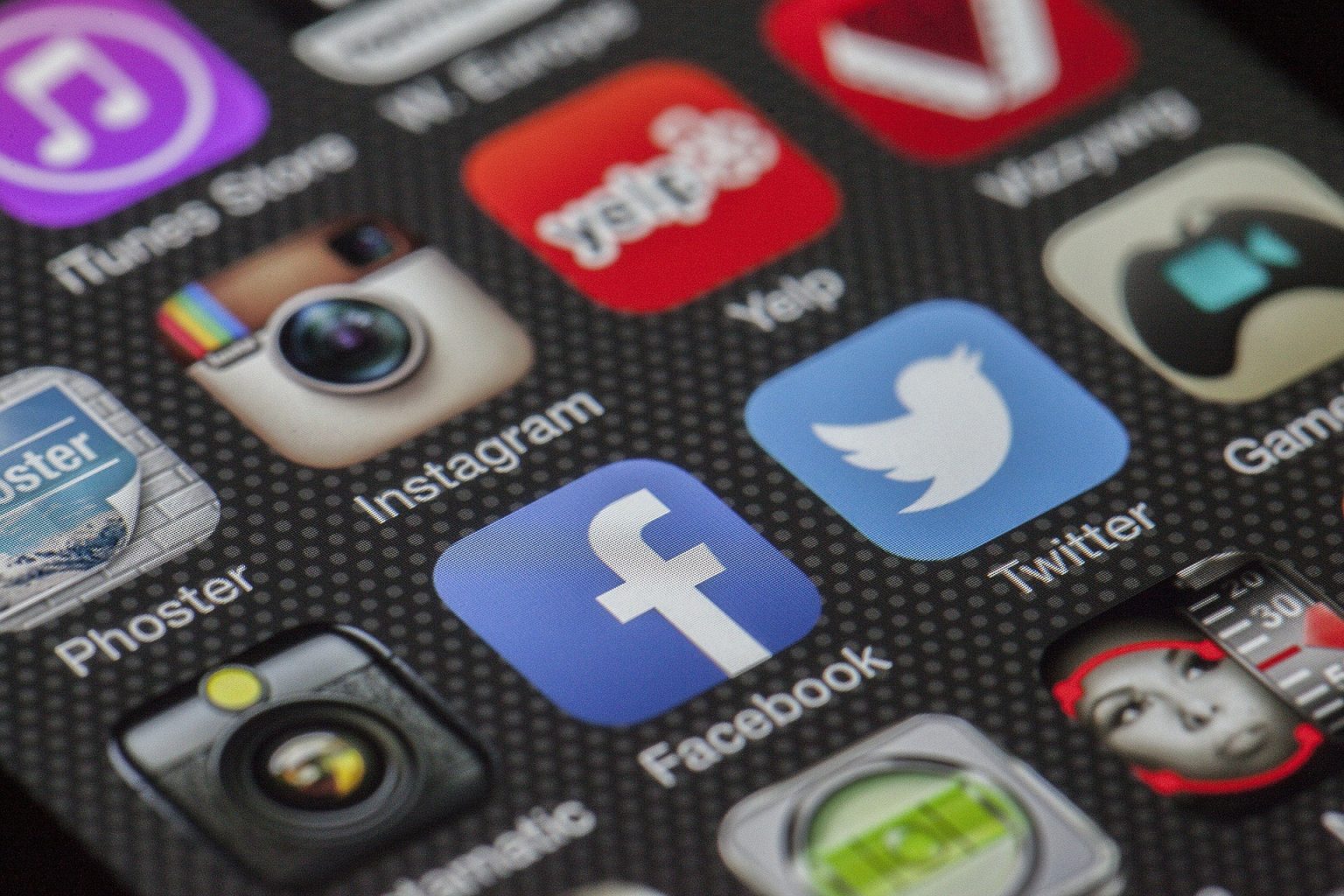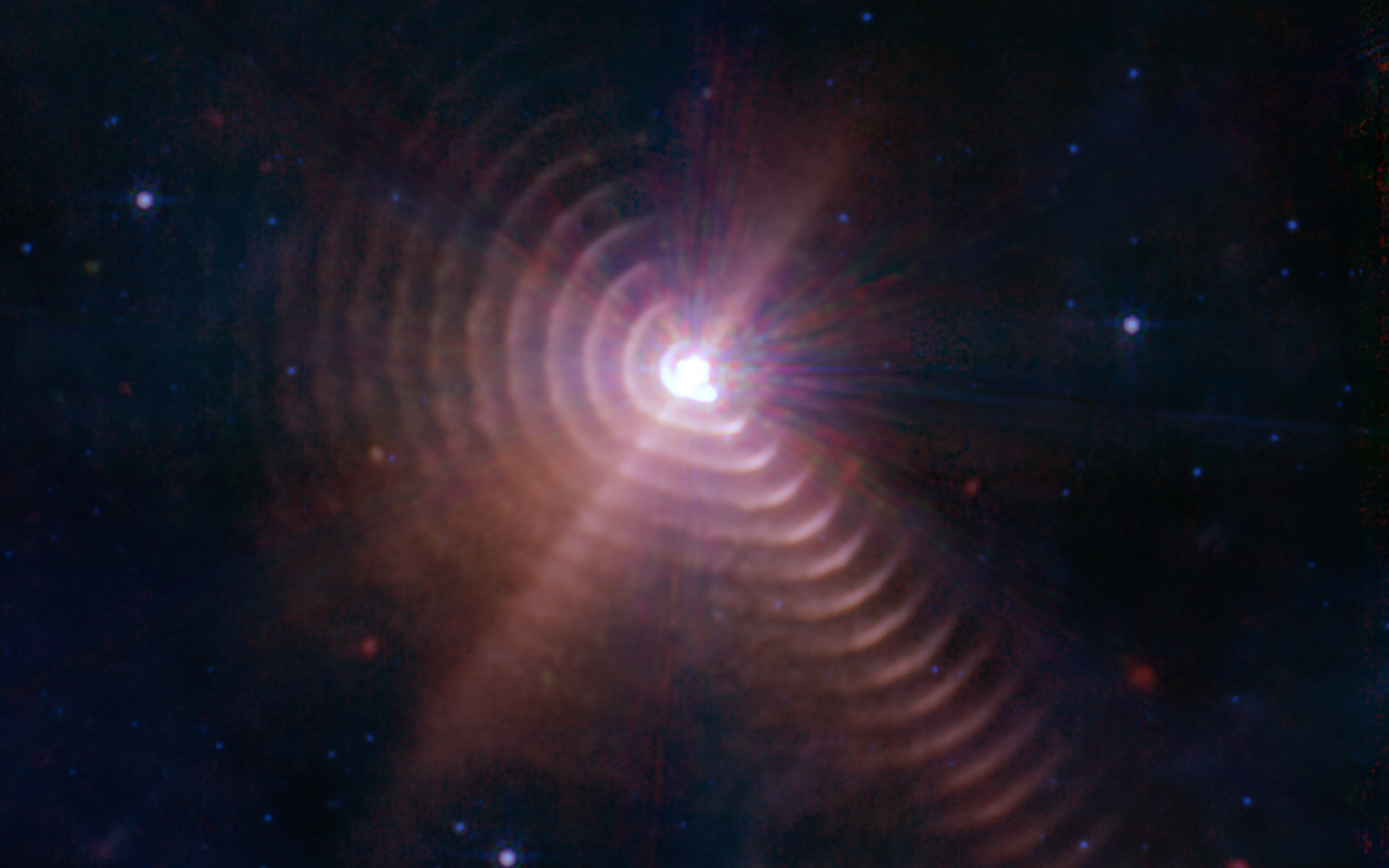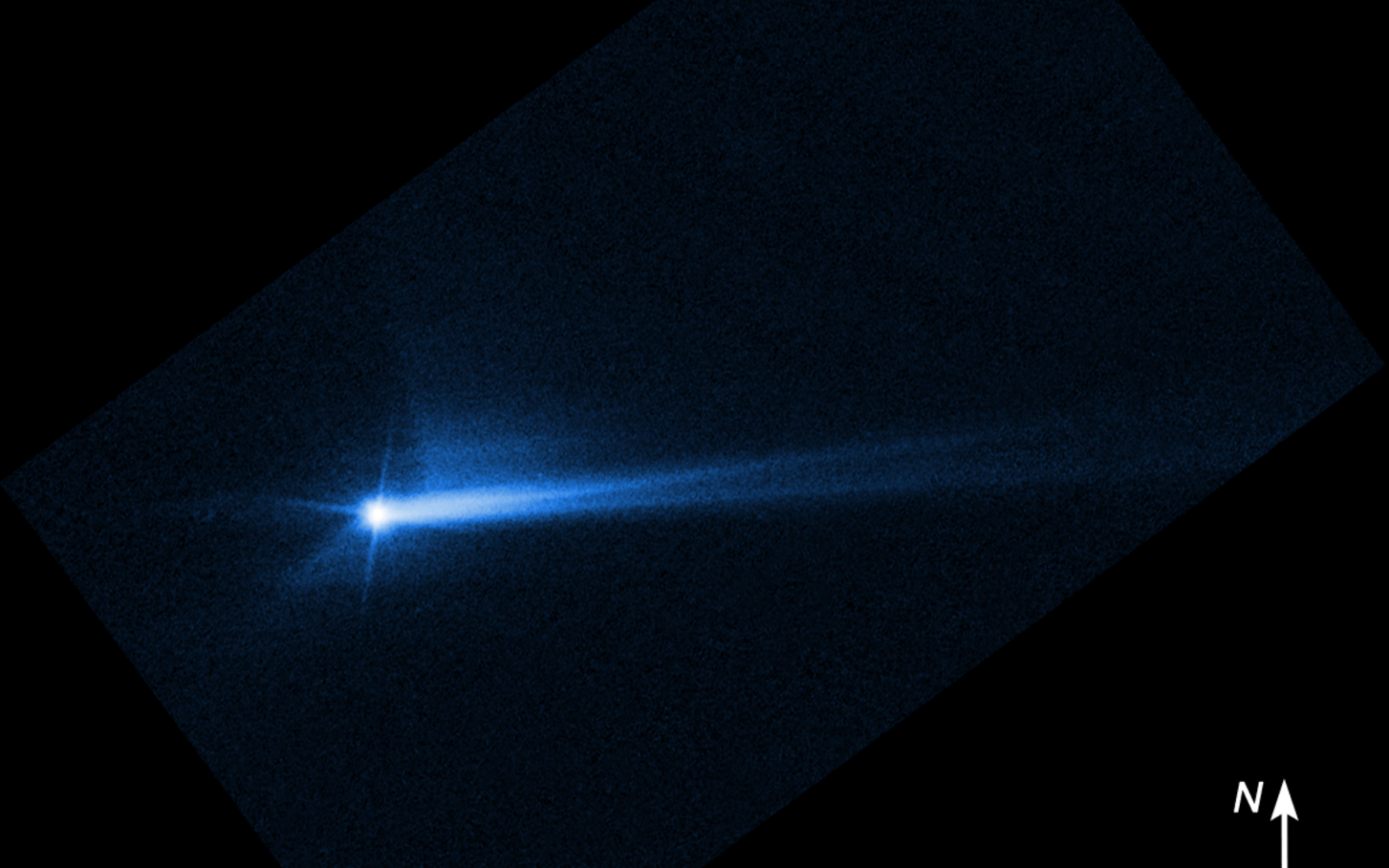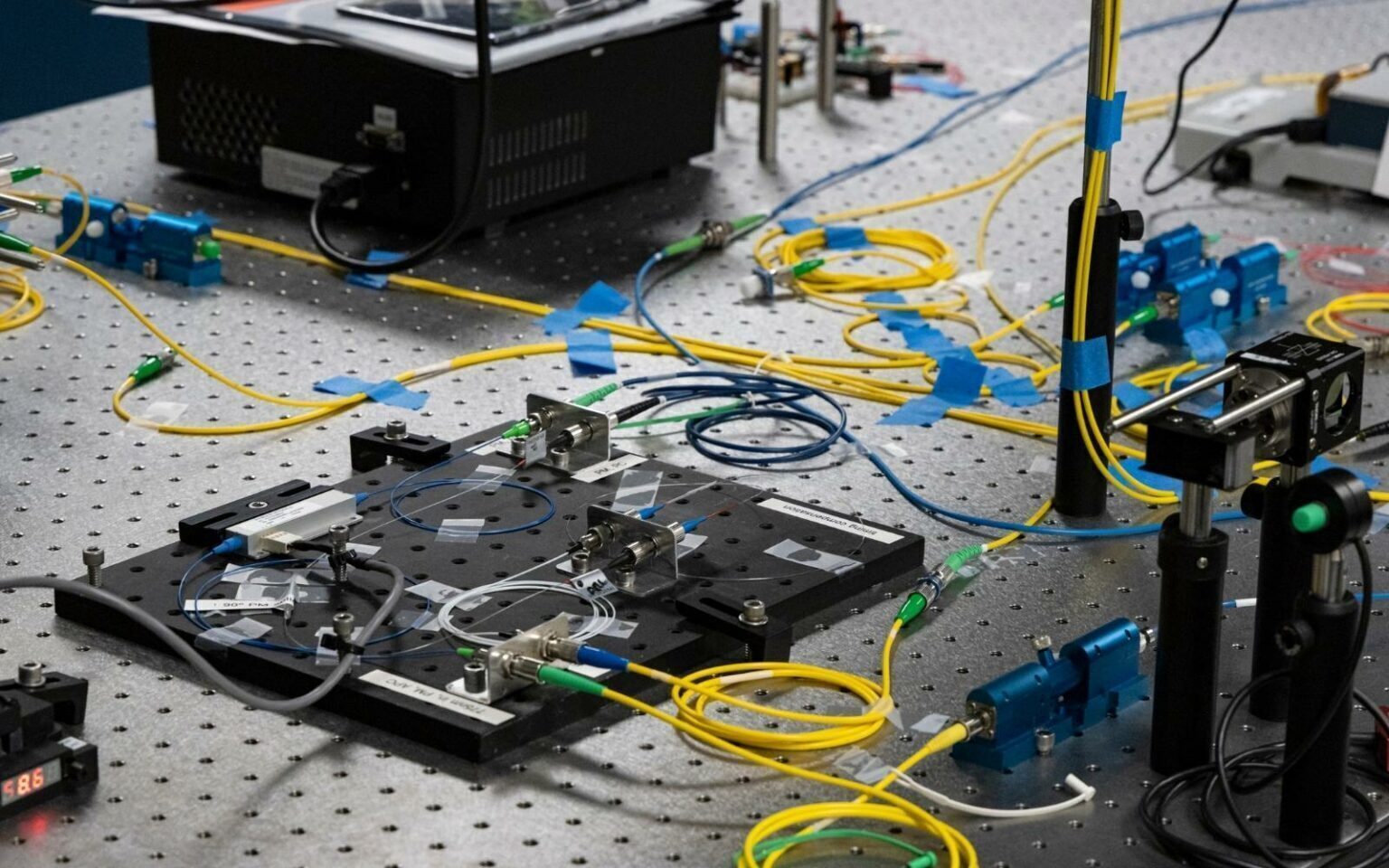Microcredentials — attestations of proficiency in a specific skill or knowledge base that are certified by an authority — can provide evidence of a person’s skills to employers. While microcredentials are becoming more popular, the concept is hardly new: A driver’s licence or the St. John Ambulance certificate could be considered as microcredentials, attesting respectively to a person’s driving skill or their competency in administering first aid. Blockchain technology is appropriate for microcredential implementation. Blockchain can best be described as a digital ledger that records information that can be shared among a community of users. Bitcoin and other crypto-currencies are the best-known examples of blockchain, but…
Author: The Conversation
This week, Todd Sampson’s documentary Mirror Mirror: Love & Hate screened on Channel Ten. The documentary focuses on harms that occur through social media and online platforms. It raises important points about the need for awareness and regulation, but these are often crowded out by alarmist tropes that don’t reflect what we know from decades of research into digital technologies. Left unchallenged, they can prompt unnecessary worry and distract us from having important conversations about how to make technology better. As digital media researchers, here are some of the claims we think people should approach with caution. Digital technology and ADHD While…
A new dawn of space exploration is upon us. NASA aims to land the first woman and person of colour on the moon by the end of 2025, and send a crew on a year-and-a-half long mission to Mars in the 2030s. To ensure a safe and pleasurable journey to the final frontier, national agencies such as NASA and private companies such as SpaceX must address both the technical and human factors associated with working and living in space. Yet, the realities of sexuality and intimacy in space are mostly omitted. How will people be able to live for prolonged periods of time in the isolated,…
Music is part of our lives in different ways. We listen to it on our commutes and it resounds through shopping centres. Some of us seek live music at concerts, festivals and shows or rely on music to set the tone and mood of our days. While we might understand the genres or songs we appreciate, it’s not clear precisely why a certain song is more appealing or popular. Perhaps the lyrics speak to an experience? Perhaps the energy makes it appealing? These questions are important to answer for music industry professionals, and analyzing data is a key part of this. At…
Fake photography is nothing new. In the 1910s, British author Arthur Conan Doyle was famously deceived by two school-aged sisters who had produced photographs of elegant fairies cavorting in their garden. Today it is hard to believe these photos could have fooled anybody, but it was not until the 1980s an expert named Geoffrey Crawley had the nerve to directly apply his knowledge of film photography and deduce the obvious. The photographs were fake, as later admitted by one of the sisters themselves. Hunting for artefacts and common sense Digital photography has opened up a wealth of techniques for fakers…
We often hear about the negative impacts of social media on our wellbeing, but we don’t usually think of it the other way round – whereby how we feel may impact how we use social media. In a recent study, my colleagues and I investigated the relationship between social media use and wellbeing in more than 7,000 adults across four years, using survey responses from the longitudinal New Zealand Attitudes and Values Study. We found social media use and wellbeing impact each other. Poorer wellbeing – specifically higher psychological distress and lower life satisfaction – predicted higher social media use one year…
In July, a puzzling new image of a distant extreme star system surrounded by surreal concentric geometric rungs had even astronomers scratching their heads. The picture, which looks like a kind of “cosmic thumbprint”, came from the James Webb Space Telescope, NASA’s newest flagship observatory. The internet immediately lit up with theories and speculation. Some on the wild fringe even claimed it as evidence for “alien megastructures” of unknown origin. Luckily, our team at the University of Sydney had already been studying this very star, known as WR140, for more than 20 years – so we were in prime position…
On September 26, after a nine-month journey through the Solar System, NASA’s Double Asteroid Redirection Test (DART) mission impacted an asteroid called Dimorphos. NASA scored a bullseye, with DART – roughly the size of a vending machine – hitting Dimorphos within 10% of the 160-metre asteroid’s centre. The hit changed the orbit of Dimorphos around its bigger companion asteroid Didymos by more than 30 minutes, far exceeding the original goal. This is the first time humans have deliberately changed the motion of a significant Solar System object. The test shows it’s plausible to protect Earth from asteroid impacts using similar future missions, if…
Looking up at the moon in the night sky, you would never imagine that it is slowly moving away from Earth. But we know otherwise. In 1969, NASA’s Apollo missions installed reflective panels on the moon. These have shown that the moon is currently moving 3.8 cm away from the Earth every year. If we take the moon’s current rate of recession and project it back in time, we end up with a collision between the Earth and moon around 1.5 billion years ago. However, the moon was formed around 4.5 billion years ago, meaning that the current recession rate is a poor…
Unhackable communications devices, high-precision GPS and high-resolution medical imaging all have something in common. These technologies – some under development and some already on the market all rely on the non-intuitive quantum phenomenon of entanglement. Two quantum particles, like pairs of atoms or photons, can become entangled. That means a property of one particle is linked to a property of the other, and a change to one particle instantly affects the other particle, regardless of how far apart they are. This correlation is a key resource in quantum information technologies. For the most part, quantum entanglement is still a subject of…




